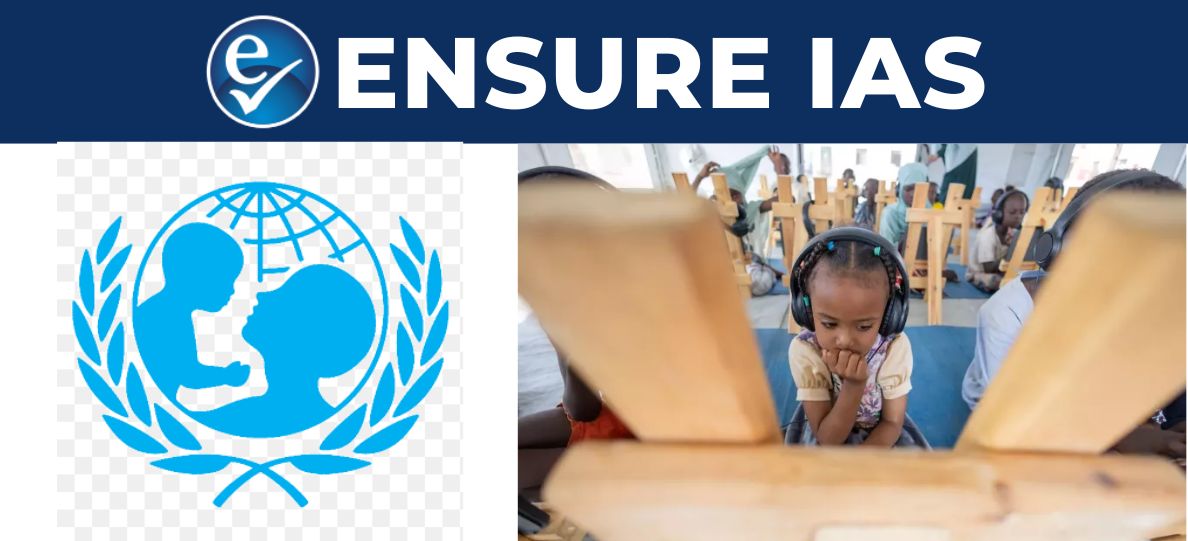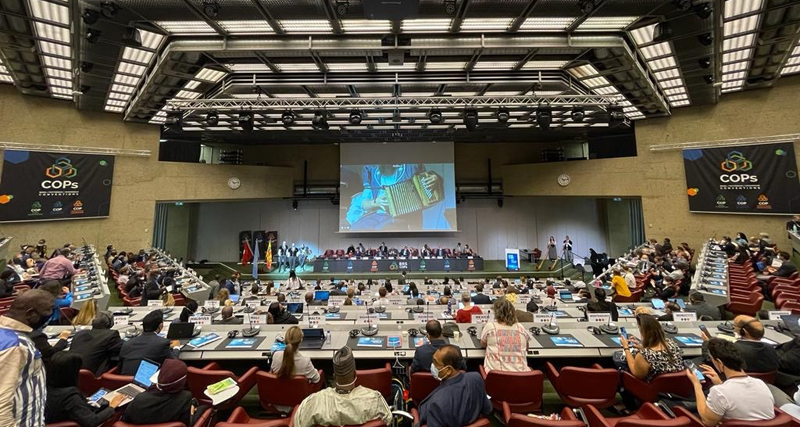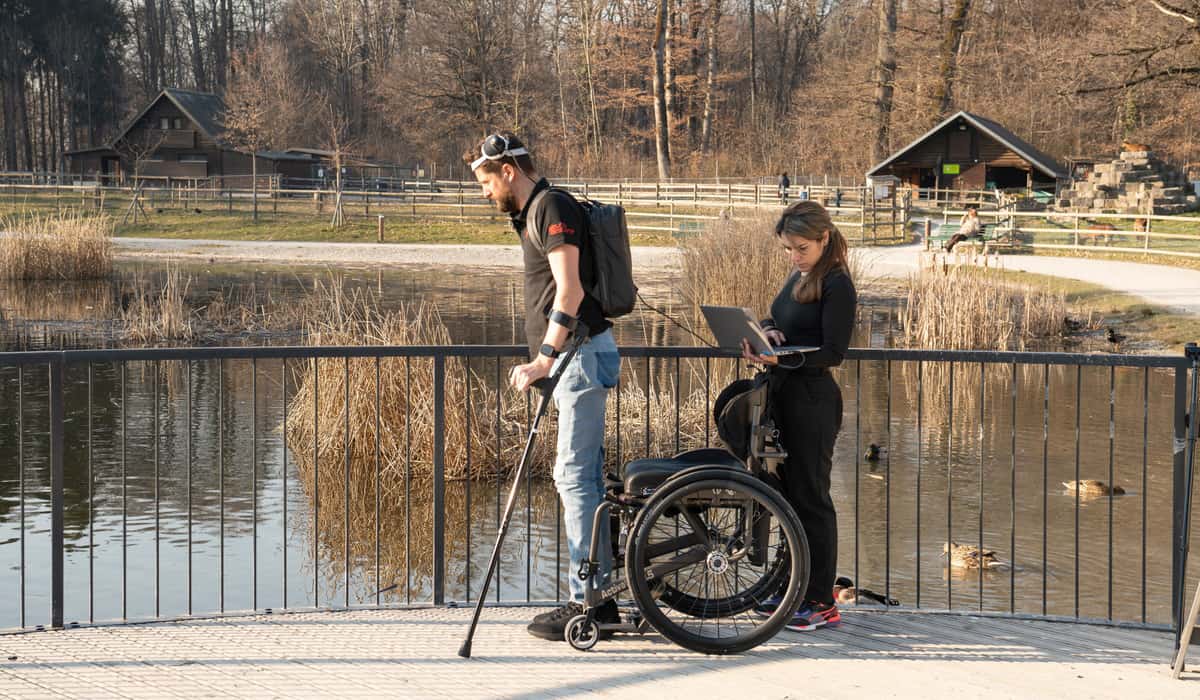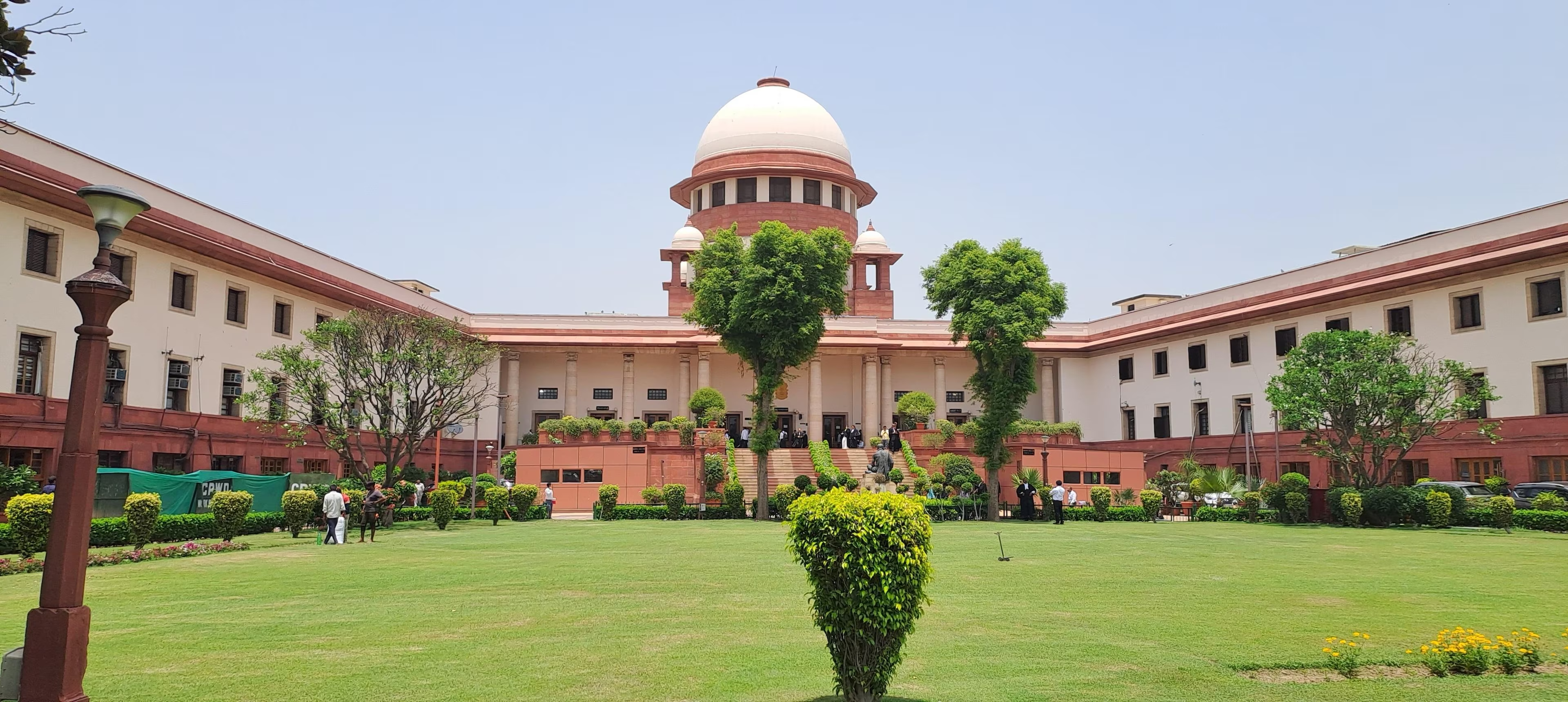- Courses
- GS Full Course 1 Year
- GS Full Course 2 Year
- GS Full Course 3 Year
- GS Full Course Till Selection
- CSAT
- 5 LAYERED ARJUNA Mentorship
- Public Administration Optional
- Online Program
- GS Recorded Course
- NCERT (Recorded 500+ Hours)
- Polity Recorded Course
- Geography Recorded Course
- Economy Recorded Course
- AMAC Recorded Course
- Modern India, Post Independence & World History
- Environment Recoded Course
- Governance Recoded Course
- Science & Tech. Recoded Course
- International Relations and Internal Security Recorded Course
- Disaster Management Module Course
- Ethics Recoded Course
- Essay Recoded Course
- Current Affairs Recoded Course
- ABOUT US
- OUR TOPPERS
- TEST SERIES
- FREE STUDY MATERIAL
- VIDEOS
- CONTACT US
UNICEF: "Prospects for Children in 2025: Building Resilient Systems for Children’s Futures"
UNICEF: "Prospects for Children in 2025: Building Resilient Systems for Children’s Futures"
25-02-2025

- In 2025, UNICEF published a report (Prospects for Children in 2025: Building Resilient Systems for Children’s Futures).
- It is a series of Global Outlook reports produced each year by UNICEF.
- It tells that the world is facing a new and intensifying era of crisis for children.
- Many of these crises including climate change, conflict and economic instability are closely interconnected.
- It also highlights the transformative role of Digital Public Infrastructure (DPI) in delivering digital public services that benefit children's well-being.
- The report tells how DPI can ensure equitable access to essential services, improve education and healthcare, and promote inclusion.
Key Highlights of the UNICEF Report on Children's Challenges:
- In 2023, 473 million children (over 1 in 6 globally) lived in conflict zones, nearly doubling since the 1990s.
- Children in conflict face risks such as displacement, starvation, disease, and psychological trauma.
- 400 million children live in countries burdened by debt, limiting investments in essential services like education, healthcare, and social services.
- Debt servicing now outpaces social protection by 11 times, leaving 1.8 billion children vulnerable to economic shocks and poverty.
- A 5% rise in debt for low- and middle-income countries could reduce education spending by USD 12.8 billion.
- Only 2.4% of global climate finance is directed towards child-responsive initiatives, weakening services crucial for children’s welfare.
- Climate disasters are increasingly affecting children’s health, education, and psychological well-being.
- A digital divide exists, with high-income countries offering more internet access to youth (15-24 years) compared to only 53% of youth in Africa.
- Adolescent girls and children with disabilities are particularly impacted by digital exclusion, with 9 out of 10 adolescent girls in low-income countries offline.
What is Digital Public Infrastructure (DPI)?
DPI refers to a set of shared digital systems designed to deliver and provide equitable access to public and/or private services at a societal scale. The DPI ecosystem consists of:
- Technology: Digital tools and platforms.
- Markets: Access to services and resources.
- Governance: Policies and regulations that ensure fair use and accessibility.
Role of DPI in Children’s Well-being:
- Digital IDs linked to civil registration systems provide children with lifelong access to essential services like healthcare, education, and social welfare
- DPI platforms such as DIKSHA (India’s national digital education platform) help bridge educational gaps by making learning resources accessible to children, even in remote areas.
- Electronic Health Records (EHRs) and systems like the Electronic Immunization Registry in Jamaica ensure better healthcare delivery for children by improving tracking and vaccination rates.
- DPI fosters financial literacy by enabling children to participate in the digital economy, promoting skills for future financial independence.
- DPI strengthens social protection systems by enabling targeted delivery of benefits and improving data sharing for child services (e.g., health, education, welfare).
Key Facts About UNICEF:
|
UNICEF and India: Key Contributions:
- ICDS (Integrated Child Development Services): UNICEF played a crucial role in launching ICDS in 1975, reaching nearly 40 million children.
- Polio Campaign: Helped eliminate polio in India by 2012.
- Maternal and Child Nutrition (2013): Promoted nutrition awareness to reduce Maternal Mortality Rate (MMR) and Infant Mortality Rate (IMR).
- India Newborn Action Plan (2014): Launched to reduce neonatal mortality and stillbirths.
- Guiding Framework: Works in line with the Convention on the Rights of the Child (1989), ratified by India in 1992.
Challenges Faced by Children in Contemporary India:
1. Climate & Environmental Hazards:
-
- India ranks 26th in the Children’s Climate Risk Index.
- Heatwaves, floods, and air pollution severely impact children’s health and education, especially in rural and low-income areas.
2. Child Trafficking:
-
- India faces widespread child trafficking, exploiting children for labor, sexual services, and child pornography.
- India faces widespread child trafficking, exploiting children for labor, sexual services, and child pornography.
3. Child Labor:
-
- 10.1 million children (5-14 years) work, mostly in agriculture, domestic work, and small industries.
- Recent amendments to child labor laws allow children to work in family enterprises, potentially leading to exploitation.
4. Juvenile Crimes:
-
- 30,555 juvenile crimes in India (2022), linked to poverty and lack of education.
- 30,555 juvenile crimes in India (2022), linked to poverty and lack of education.
5. Child Marriage:
-
- India ranks 4th in South Asia for child marriage, which restricts education and health opportunities, especially for girls.
- India ranks 4th in South Asia for child marriage, which restricts education and health opportunities, especially for girls.
6. Gender Inequality: Girls from low-income or rural areas face school dropouts, early marriage, and poor healthcare.
7. Disadvantaged Children: Children from rural areas, slums, and marginalized communities face severe deprivation in education, nutrition, sanitation, and clean water.
8.Population Growth: By 2050, India will have 350 million children, accounting for 15% of the global child population.
9. This requires climate-resilient, child-friendly urban planning as urbanization increases.
India’s Initiatives for Child Welfare:
- Saksham Anganwadi & Poshan 2.0: Focuses on child nutrition and early childhood education.
- Mission Vatsalya: Aims at child protection and welfare, with a focus on children in need of care and protection.
- Beti Bachao Beti Padhao: Promotes gender equality and the empowerment of girls.
- PM CARES Fund: Provides emergency relief, including support for children during crises.
- DIKSHA (Digital Infrastructure for Knowledge Sharing): Enhances education access via digital platforms.
- The Right to Education Act (2009): Ensures free and compulsory education for children aged 6-14.
- Child Labor (Prohibition & Regulation) Act (2016): Protects children from exploitation through labor.
- National Child Labour Project (NCLP) Scheme (1988): Focuses on rehabilitating children involved in labor.
- Juvenile Justice (Care & Protection of Children) Act (2015): Addresses care and protection for children in conflict with the law.
|
Also Read |
|
| FREE NIOS Books | |




